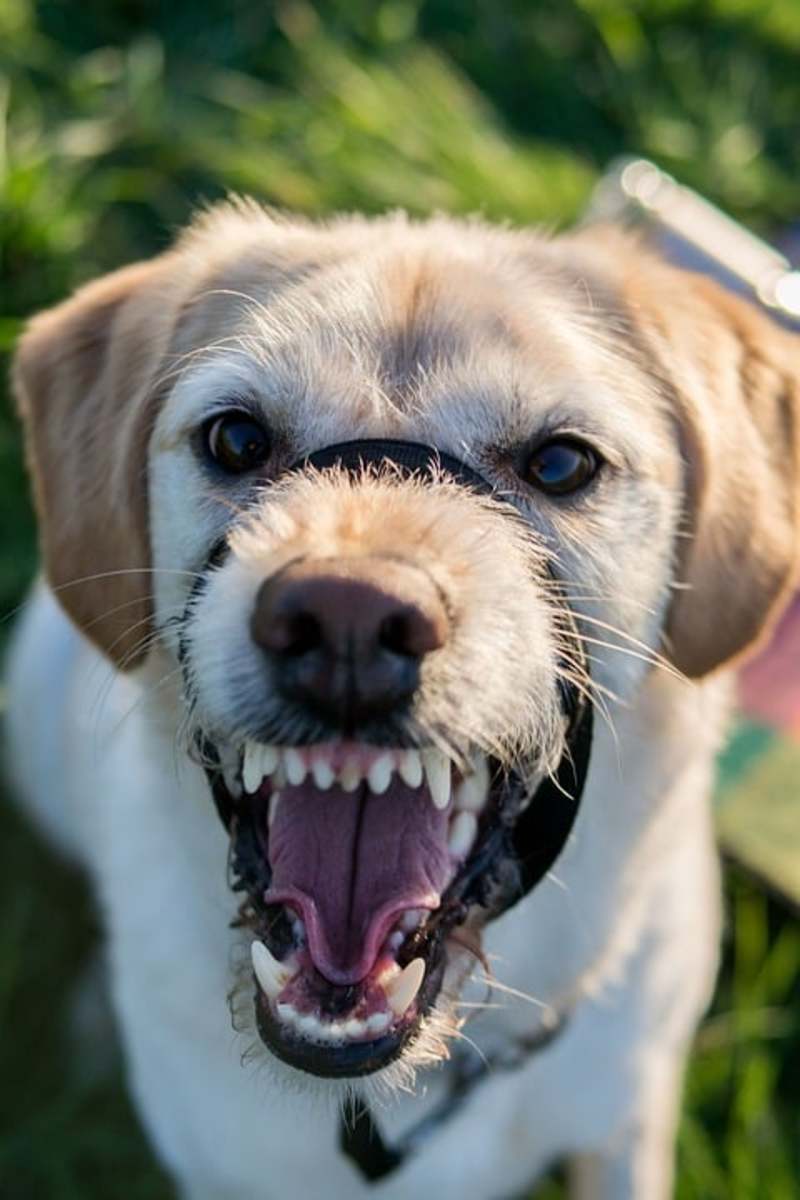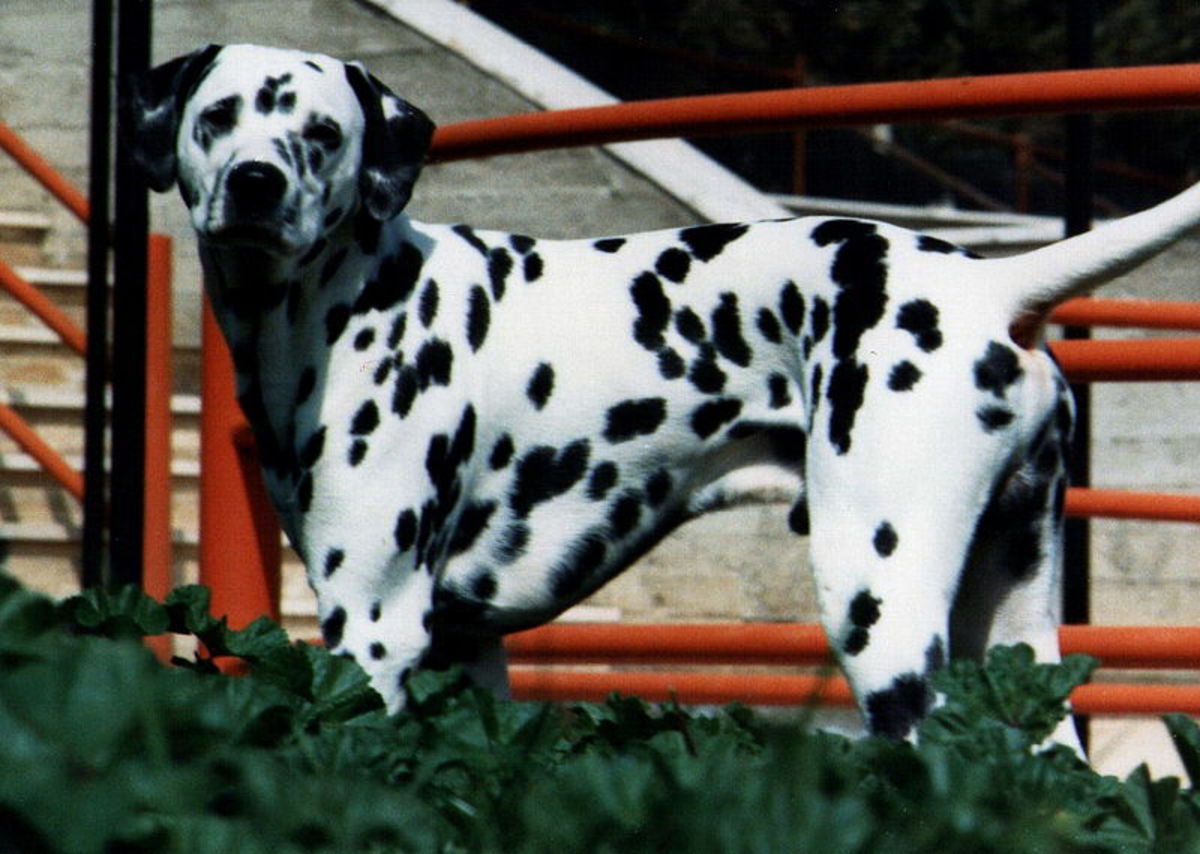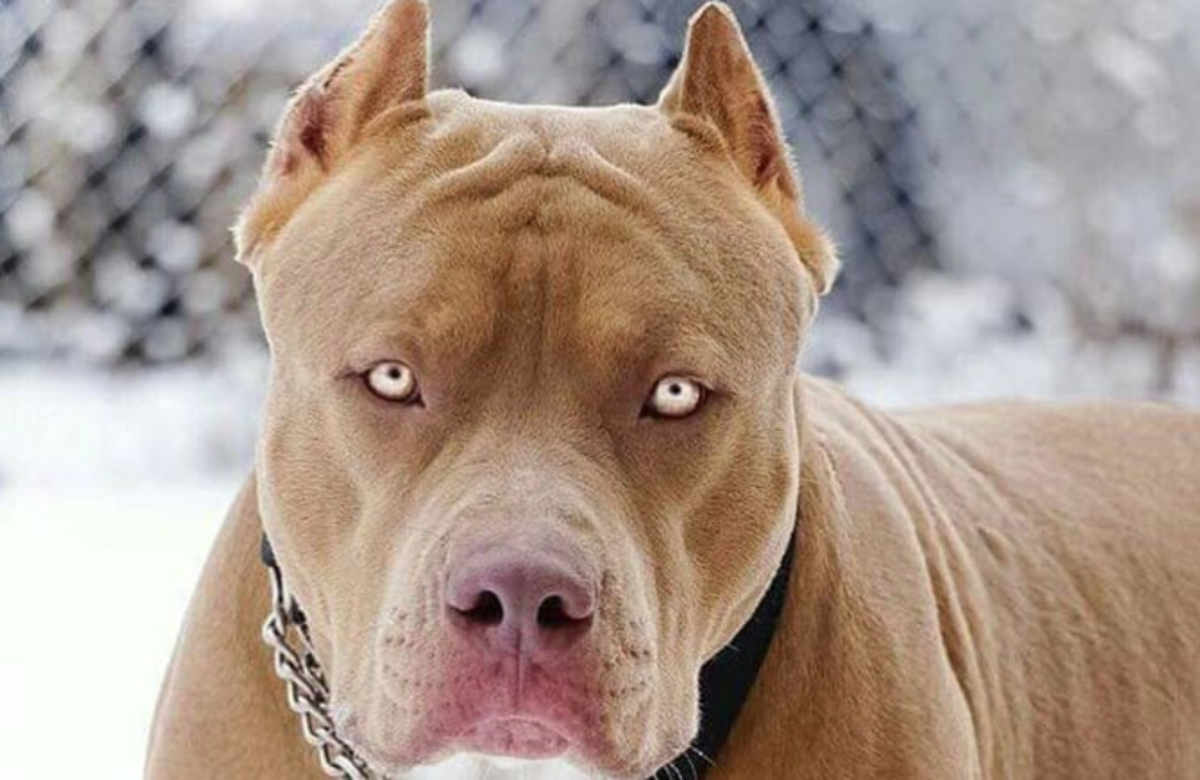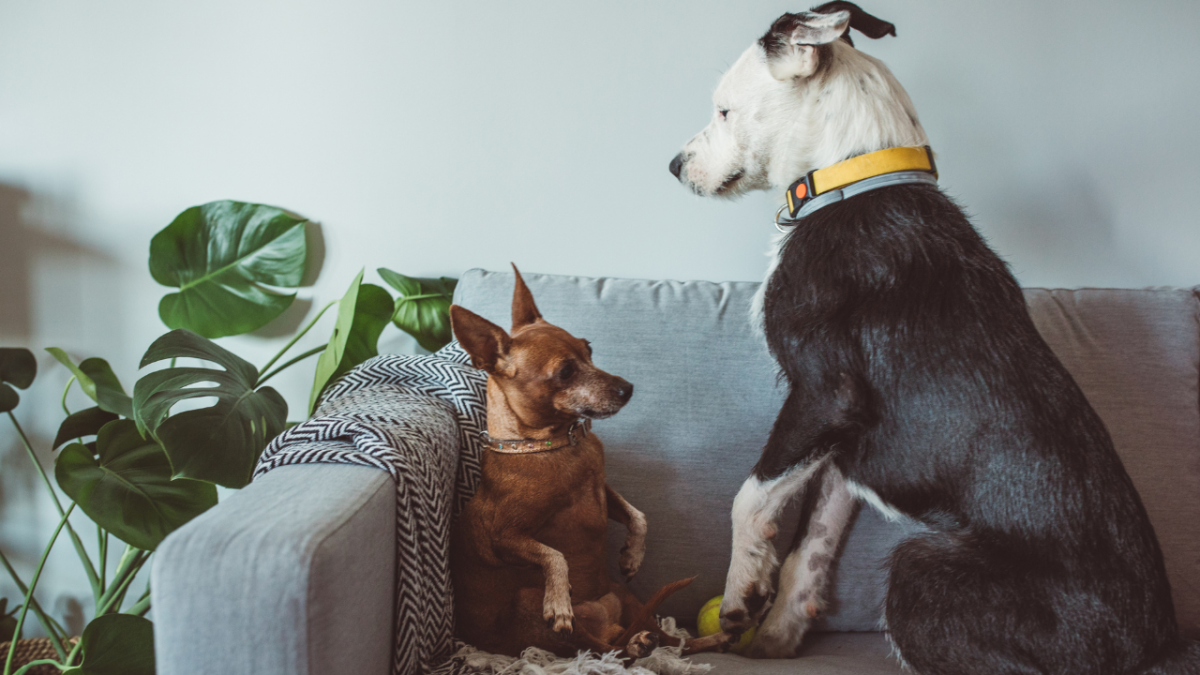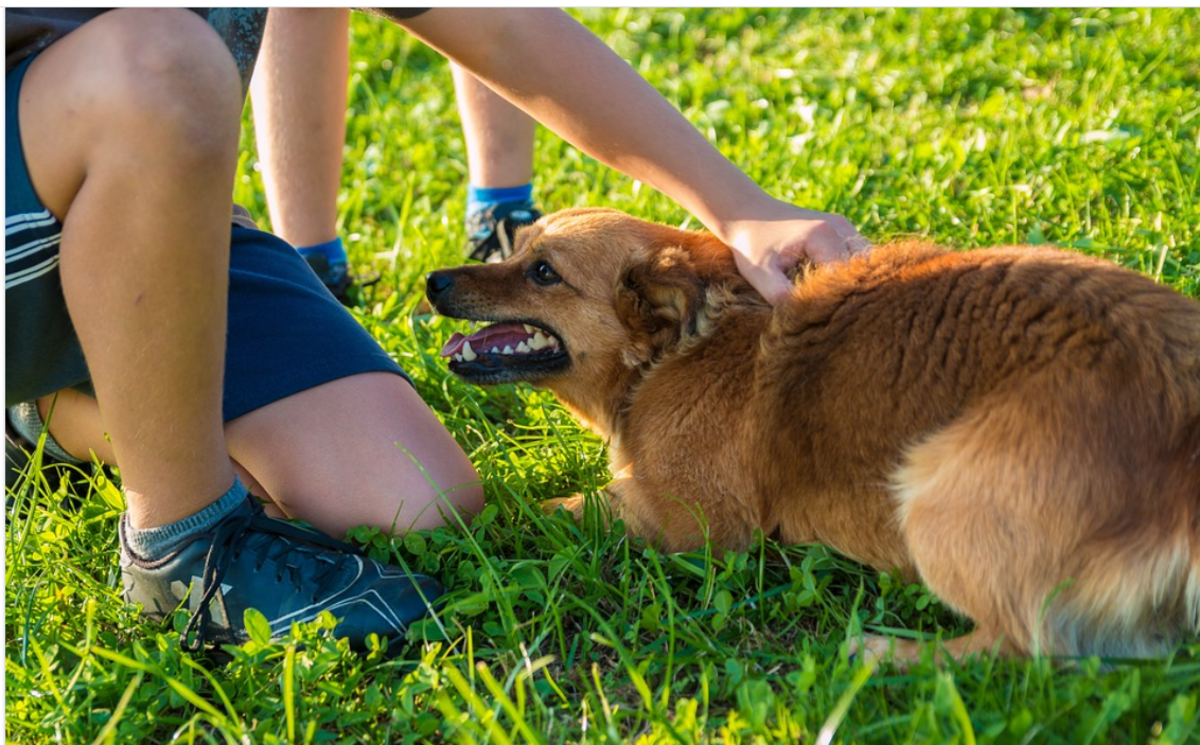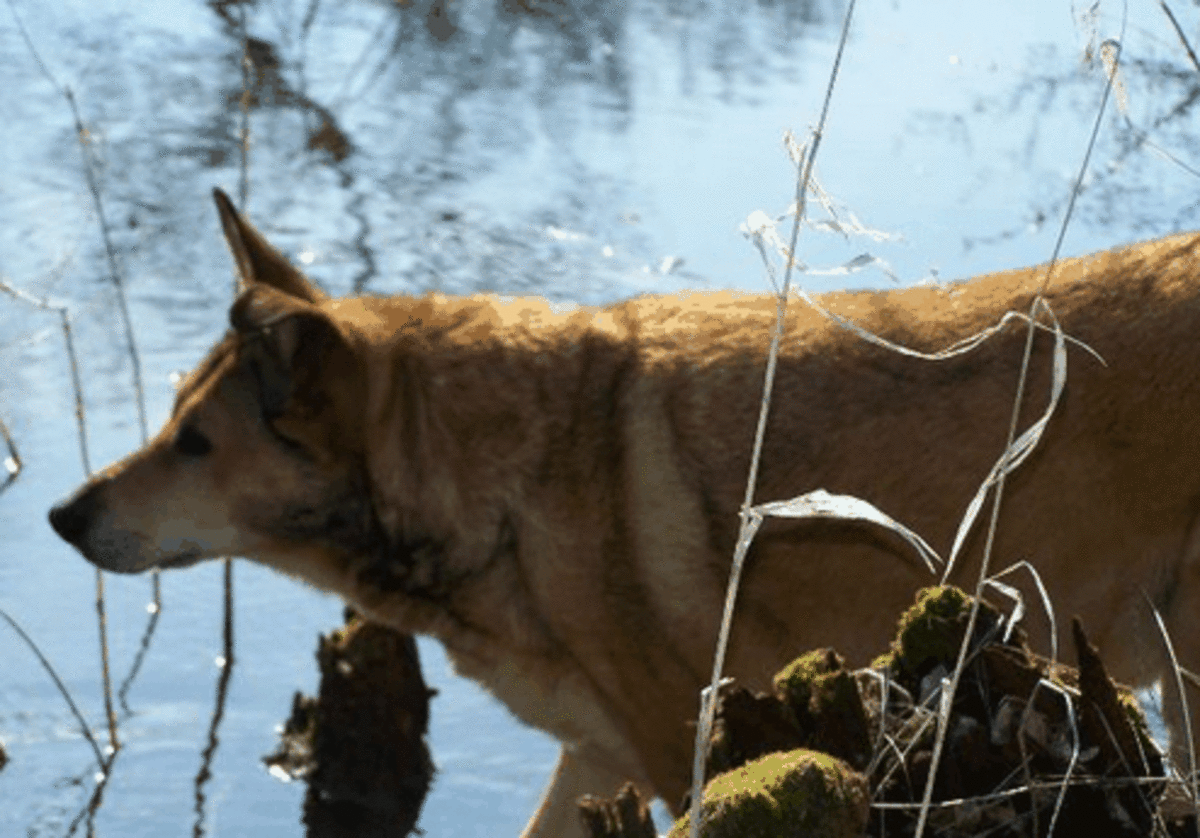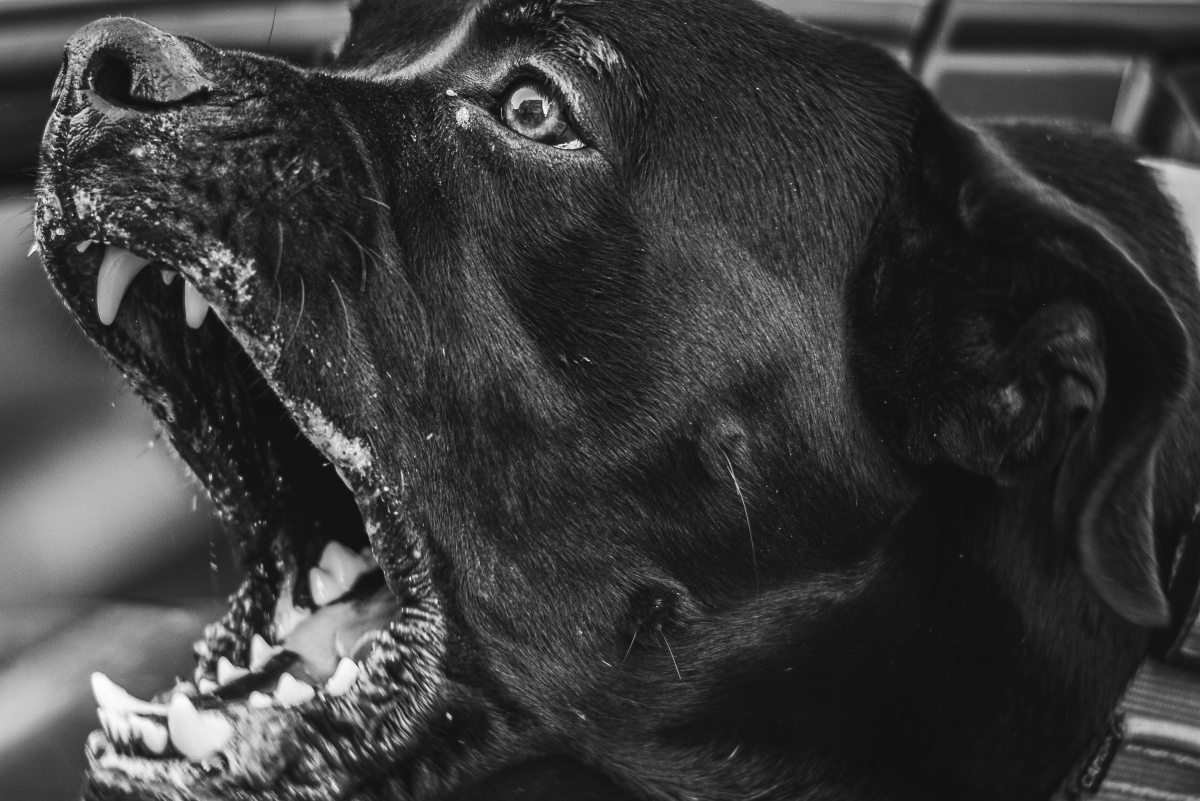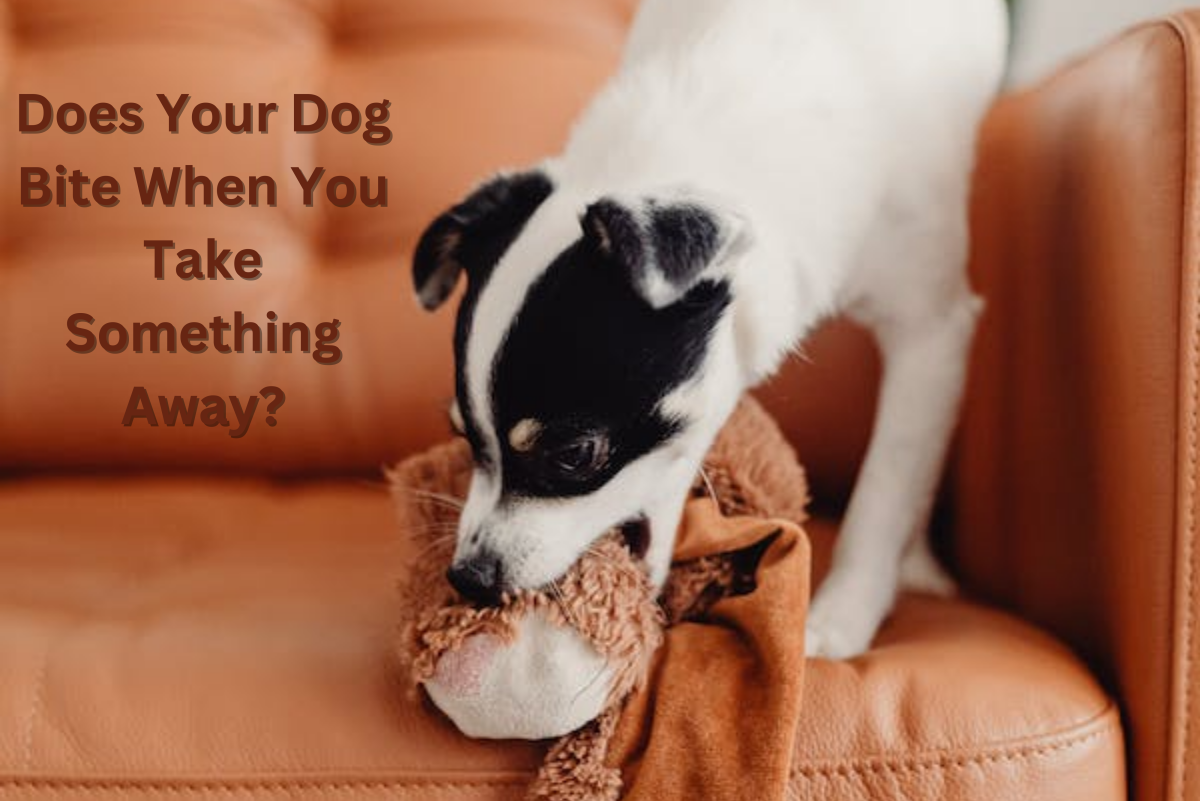- HubPages»
- Pets and Animals»
- Dogs & Dog Breeds»
- Dog Behavior
How to Keep Your Children Safe from Dog Bites!
Introduction.
I have been thinking a lot lately about the current dilemma we are facing daily. So much so that I've previously written two articles on this subject in hopes that my strategies and advice will reach out to those that may need some tips and suggestions for caring for their dogs and their selves.
The worst occurrence of dog bites is the outcome of innocent children whose lives are taken or shattered every day. Sometimes due to recklessness of pet owners. Sometimes due to unforeseen accidents. Regardless, we as a world need to start taking this very seriously and stop refusing to accept responsibility for the dire consequences.
I want my readers to know that talking about a subject rarely gets results. It's in doing and taking action that reaches positive outcomes. That being said, it's not enough for me to sit back and take a side. I've been able to make conclusions based on research I acquired through months of work. I feel confident that if people heeded the advice rather than snarling about it, we will see change for the better over time.
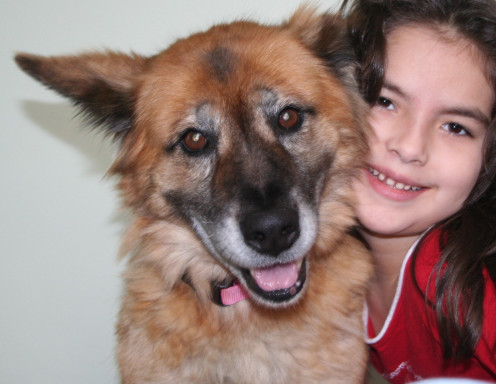
For further reading,
- Proper Dog Management Tips for Pet Owners
Owner responsibility is key to controlling and minimizing people from becoming victims to dog bites, as well as dogs becoming victim to breed legislation and euthanasia.
- How to Protect Yourself from Dog Bites while Walking...
Mail carriers, people taking a leisurely stroll around a neighborhood, or people jogging through a park are vulnerable to unprovoked dog bites. This article offers tips to keep yourself safe.
Dog bite statistics from the Center for Disease Control.
- Over 2 million children are bitten by dogs each year.
- Over 400,000 children seek medical attention each year after a dog bite.
- More than 20,000 people a year, including adults, need extensive reconstructive surgery after a dog bite.
A list of safety tips provided by the Center for Disease Control.
Teach children basic safety tips and review them regularly:
- Teach your child never to approach an unfamiliar dog.
- Your child should never run or scream from a dog.
- Teach your child to remain still like a tree and don't move when approached by an unfamiliar dog.
- If a child is knocked over by a dog, teach your child to roll into a ball and be still.
- Never allow your child to touch or play with a dog unless in the supervision of an adult.
- Report any stray dogs.
- Report any dogs displaying unusual or aggressive behavior.
- Teach your child to avoid direct eye contact with a dog.
- Teach your child to not approach a dog that is sleeping, eating, or caring for puppies.
- Teach your child not to pet a dog without allowing it to see and sniff you first.
- A child should report all dog bites to an adult.
Some professionals also advise children to turn away from strange dogs, and not offer a hand. Allow the dog to approach the child to sniff them. The child shouldn't run up to or disturb a dog they don't know.
Common opinions about dog attacks.
Opinions
| Facts
|
|---|---|
Certain dog breeds should be eliminated in order to prevent dog bites.
| All dogs bite. Eliminating one whole breed of dogs isn't a solution.
|
Pit bulls are the worst offenders in dog attacks.
| Pit Bulls were never mentioned in bite statistics until almost 100 years after records started being kept.
|
Dogs bite for no reason.
| Statistics show that we can learn something from every fatality. There is usually a reason.
|
From the Our Gang Movie School's Out, 1930.
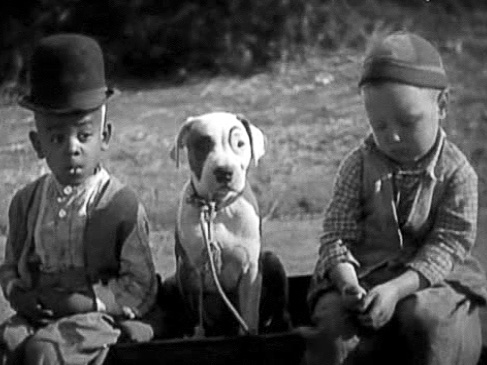
My hope for a safer future for our children.
By writing these articles, I hope to explore lessons we can learn from the mistakes that have been recorded in history. Mistakes that were fatal. In over half of the fatalities recorded between 1936 to 2013, the victims were children.
The most important thing we can do now is to educate ourselves and arm ourselves with knowledge to go forward in the future. It's easy to sit around and express our opinions and take a side on the argument of breed control. But talking rarely equals results. We need to examine what happened in the past to prevent the same mistake in the future.
235 children were killed between 1936 and 2013 by fatal dog attacks.
At the time of writing this, 7 children in the United States were killed in 2014 so far.
40 Children have been fatally attacked by packs of dogs
|
|---|
Packs of dogs account for the deaths of 40 children between 1936 and 2013.
|
In a very small percent of these situations, the dogs were strays. However, in the majority of the fatal attacks, the dogs were known by the child victim.
- Some of the packs had escaped their kennels and roamed free
- A majority of the packs lived in the child's own back yard
- While some of the attacks happened at a friend's or relative's home while the child playing unattended in the back yard with the dogs
- Some of the packs lived in a neighbor's fenced yard which the child wandered into unsupervised
- In some of the cases, the tragic events happened at the babysitter's home
- In one situation, a child wandered off to an abandoned field by himself where he was attacked by a pack of dogs
- A child was brutally mauled by a pack of dogs that he had run into with his go kart
- One child was attacked after teasing a dog with a ball
- One child went to a park unsupervised when he was confronted by a pack of dogs
Some disturbing headlines:
A pack of dogs dragged a child from his own front yard to 50 yards where the body was found. The dogs belonged to a neighbor and had gotten out of the yard.
A baby was fatality attacked while the family was visiting a friend. The friend's pack of dogs got in to the baby's playpen where the baby slept unsupervised.
An infant was fatally attacked while the mother's 11 dogs were being bathed inside the home and the baby was left unattended.
A child was fatally wounded as he was chased by a pack of dogs while sledding.
Infant fatally attacked by a pack of dogs living in the residence while the parents slept in another room.
31 Children have been fatally attacked by dogs chained or tethered
|
|---|
Dogs chained in back yards account for the deaths of 31 children between 1936 and 2013.
|
Some jurisdictions have ordinances and laws against tethering a dog for extended periods of time. I don't believe in keeping a dog on a chain. Our dog Brownie was rescued from an abandoned back yard where she was tied so closely to a tree that the chain around her neck was embedded. She needed extensive veterinarian care to heal her wounds. Besides that, I think it creates aggression in some dogs. We see a lot of situations where dogs break free from chains and attack innocent people in neighborhoods. All around, I think it's a bad idea to chain up a dog unsupervised for long periods of time in close proximity to a bowl of food and water. This leaves little room for exercise. Sometimes people don't even leave food or water out for their dog, even in extreme temperatures.
- Some of the children wandered into the back yard of neighboring homes where dogs lived on chains. The children were unsupervised.
- Some of the children climbed over fences to their neighbor's property and encountered a chained dog.
- A majority of the fatalities were of children in their own yard with their own chained-up pet.
- Some children were attacked after a dog on a chain freed itself.
- A large number of the incidents were at the homes of relatives where dogs were kept in the back yards on chains.
- And still, some of the dogs were kept on chains and starved.
Some disturbing headlines:
Toddler mauled after getting close to the family dog chained in the back yard.
Child fatally wounded after becoming entangled in dog's chain outside in his own back yard.
Toddler killed after walking up to a starved, chained dog in his yard.
Toddler killed after approaching neighbor's dog chained in the back yard. The dog was said to be protecting it's bowl of food.
Child fatally wounded after wandering four blocks from home, and crawling into a dog house where he met his fate with a chained dog.
Child wandered 1/2 mile from home before encountering a fatal attack with a dog chained in a fenced yard.
92 Children have been fatally attacked by dogs in their own homes.
|
|---|
Family pets account for an overwhelming majority of the deaths of children between 1936 and 2013.
|
A majority of fatal incidents have occurred in the family home. In an overwhelming majority of the cases, the child is an infant or baby who cannot defend itself.
- Some fatal attacks happened while a newborn slept on a bed, floor, bassinet, or somewhere other than a baby's room.
- Some attacks happened after dogs escaped their pens.
- An overwhelming amount of attacks were attributed to infants left alone by their mother or left in a baby swing near a dog.
- One of the dogs was trained as a police dog and was living in the home of the child.
- Several incidents occurred when children climbed in to the dog's pen or house.
- In some situations, the dog had previously attacked another family pet such as a cat or other dog before attacking the child.
- One child was killed by the family dog while trying to feed it.
Some disturbing headlines:
5-day-old infant was killed after mother left the newborn with a starved puppy.
2-week-old infant killed by dog while mother slept in a nearby room.
Toddler killed after a second child released the door to a caged dog.
Child killed by family dog after screaming and running away from a lizard.
Child killed after escaping from a basement where his mother locked him up to prevent him from coming in contact with two aggressive dogs that she kept in the family home.
Unsupervised infant killed after mother left it in a baby swing for 6 hours with a starved puppy.
Child dies trying to ride a dog like a horse. The dog was kept as a guard dog in the back yard.
Dogs are escape artists! Proper fencing is a must!
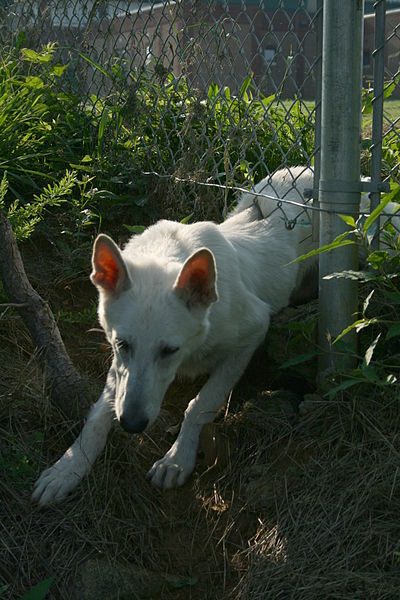
Other situations in which dog attacks have resulted in the death of children.
There are many other situations where dog attacks have resulted in children dying.
Sometimes these situations occur at the homes of friends and relatives. A lot of the time, the child is left unsupervised as well as the dog.
Leaving a child unsupervised is a common factor in situations that result in bad circumstances.
A majority of these children were infants and babies.
- Children have been killed after climbing over a neighbor's fence.
- Children have been mauled at the home of their grandparents, babysitter, or family friend.
- Children have been fatally wounded while playing in the back yard of their own home or someone else's unsupervised with dogs.
- A large amount of these tragedies were the result of dogs freeing themselves from chains, pens, or back yards.
- On several occasions, toddlers were killed after being mauled by stray dogs the parents had tied up in their front yards in hopes the owners would claim them.
5-week-old infant killed after neighborhood dog snatched the newborn from his aunt's arms.
What exactly are you telling us?

A list of solutions that may be helpful to families with children.
Problem
| Solution
|
|---|---|
Dog has injured other animals including our own cat or dog.
| Proper pet management is needed immediately. This includes setting up boundaries for the dog with aggressive tendencies. Separate the dog. Seek help from a dog trainer or behaviorist. If there are serious concerns about the dog's behavior, contact animal control and don't allow them near your child.
|
Dog is kept chained in the back yard because we don't have a fence.
| Fences are costly and are not an option for everyone. However, chaining dogs in the back yard has over time had deadly consequences. Try defining boundaries in the home with baby gates that are durable enough to handle the dog (height and strength). Or try separating the dog in another part of the house.
|
My dog barks at children from the front window that are riding bikes or walking home from school.
| Move the dog. Don't allow the behavior to continue. The dog sees the children as walking across his territory because a dog can't understand boundaries without training. Don't allow the dog to sit in the living room and bark at passerbys. Keep the dog in a different area or use gates to separate the dog from the view of the front room.
|
My dog bit a child that wandered in to our back yard.
| Does the yard have a fence? Are there Beware of Dog signs posted around the yard? Have you talked to the neighbor about the child coming in to your yard? Is there another place to keep the dog? Is there a way to barricade the area where the child is coming in so they can't do that any more? Talk to the child's parents and explain the dangers of the child wandering and trespassing in your yard.
|
I have a newborn infant. What should I do as a precaution for my dog?
| Do you have a separate nursery with a door available for the infant? If so, dogs are smart and have been known to open doors. I would suggest locking the door and using baby monitors when not in the room with your child. Don't leave your child unattended in a bassinet or a baby swing with a dog unsupervised.
|
My dog keeps getting loose.
| Re-structure your dog's habitat and fencing. Train your dog to never leave your home without you. Your dog should always sit and wait for you when you open the door.
|
What should I do when visiting friends or relatives with my child and they have dogs?
| Insist that the dog is separated from the child if you are worried about the dog. Your child is more important. Don't worry about offending your friends. No dog would ever be in that situation in my home because I am very pro-active about the care of my dogs. My dogs have separate areas they go to when we have company. We do not open our door to the mail carrier because she has been bit by 5 other dogs in the neighborhood.
|
My dog has food or toy aggression.
| This is a habit that needs to be broken immediately. Don't allow your child to feed the dog and separate the dog for feeding time until this problem is fixed. Also, if the child does go for a toy that the dog is possessive over, it will have dire consequences.
|
I want to adopt a dog, but I would like someone to help me with home management and training.
| Contact a dog trainer or behaviorist in your area. Some local pet stores offer pet training as well. Dog behaviorists can identify dog temperament and strategies for training the dog to be a good canine citizen.
|
You know the rules, now let's go have fun!
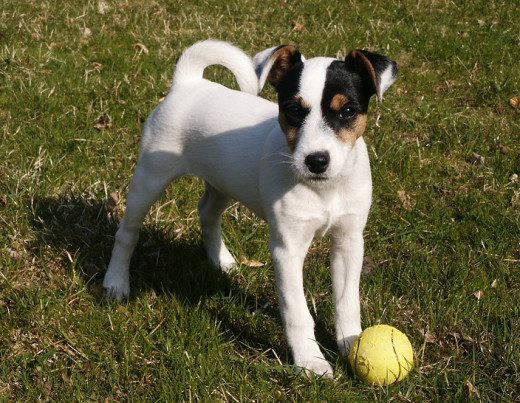
Conclusion.
I hope these strategies and information is helpful in preventing future dog bites.
Be pro-active and seek information on keeping your family safe.
Don't allow strange dogs in your home around your children.
Don't allow your child to wander around outside unsupervised.
Don't allow your child to hop the fence at the neighbor's house.
Don't allow dogs in a room with a child unattended.
Do put proper pet management in place in your home for the safety and well-being of your children.
Do be vigilant against protecting your family from unintended dog bites.
Do train your dog manners and good behavior.
Keep your family safe! Practice pet safety and have fun!

